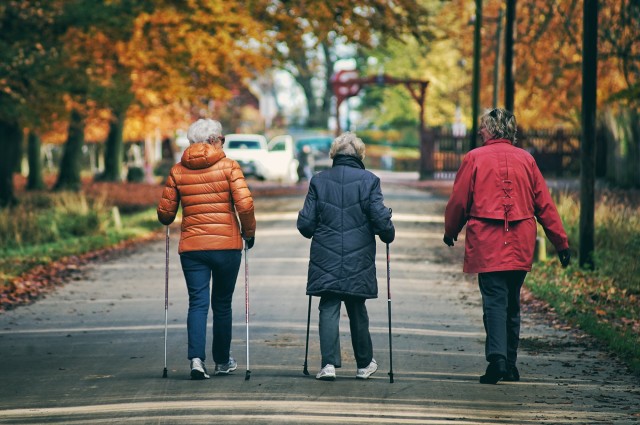Millions of older Americans do not have regular, positive interactions with others. Experts in the fields of aging and medicine say the social isolation of seniors can be as harmful as smoking up to 15 cigarettes a day. What then is the best way to avoid social isolation of seniors?
What Causes Social Isolation
As people get older, some of them become less socially involved. For many of us, co-workers make up much of our social circle. After retiring from the day job, those friendships often fade away. Even if an older person takes a part-time job in retirement, they do not develop the kinds of relationships they built up over the years at their previous jobs.
The older person’s friends and relatives start to die off, one by one. Out of fear, many seniors who relocate do not get to know their neighbors. If the older person has mobility issues or deals with uncomfortable chronic conditions like arthritis or diabetes, he might not think it is worth the effort to try to go places. Over time, he finds himself staying at home and watching television all day. His health, mood and cognitive abilities decline.
The Extra Medical Costs of Social Isolation
Older adults who lack meaningful contacts with friends, relatives, or neighbors are at a higher risk than their peers of developing depression, heart disease, infections and premature cognitive decline. For example:
- A person who does not get regular physical exercise, like getting out and taking walks, can develop heart disease.
- Being lonely can negatively impact a person’s mood, causing depression.
- Some people who do not interact with others, let their personal care slip. They fall into a habit of bathing less frequently. If they get a cut or scrape, they might not clean it properly, resulting in an infection that could become a serious medical issue.
- People who do not exercise their brains through having conversations, learning new things and engaging in critical thinking can experience premature cognitive decline.
A recent study suggests the medical fallout from social isolation among the elderly, costs Medicare around $6.7 billion a year in extra healthcare expenses. Seniors who are alone and disengaged from others, are more likely to need skilled nursing home care than other older adults.
What Medicare Could Do About Social Isolation of Older Adults
Since Medicare has billions of dollars of preventable healthcare costs at stake, the agency could decrease the problem of social isolation of seniors by following these suggested steps:
- Medicare could use a screening tool to locate and identify social isolated older adults who are Medicare beneficiaries.
- The agency could take that information and connect these isolated seniors with programs in their local communities that will give the older adults the opportunity for engagement with others.
- Public health officials and Medicare can work together to collect data on the scope of the problem of isolation among our aging population.
- A public awareness campaign could educate people across America about the health implications of social isolation and how to get help.
Working together, Medicare, public health officials, and community organizations can improve the health and well-being of older adults. If you are a caregiver or power of attorney proxy for a senior, consider touching in regularly to make sure that they are taking measures for themselves to stay socially involved rather than waiting on family and friends to always contact them. They should be seeking opportunities to meet new people, even if it seems awkward and uncomfortable at first. This is something we learn to do as children, but which we often forget as we age. Add these matters to your checklist of what to do to protect your aging parents
References:
AARP. “Social Isolation: Detrimental to Older Adults’ Health and Costly to Medicare.” (accessed October 31, 2019) https://blog.aarp.org/thinking-policy/social-isolation-detrimental-to-older-adults-health-and-costly-to-medicare
AARP. “Medicare Spends More on Socially Isolated Older Adults.” (accessed October 31, 2019) https://www.aarp.org/content/dam/aarp/ppi/2017/10/medicare-spends-more-on-socially-isolated-older-adults.pdf



